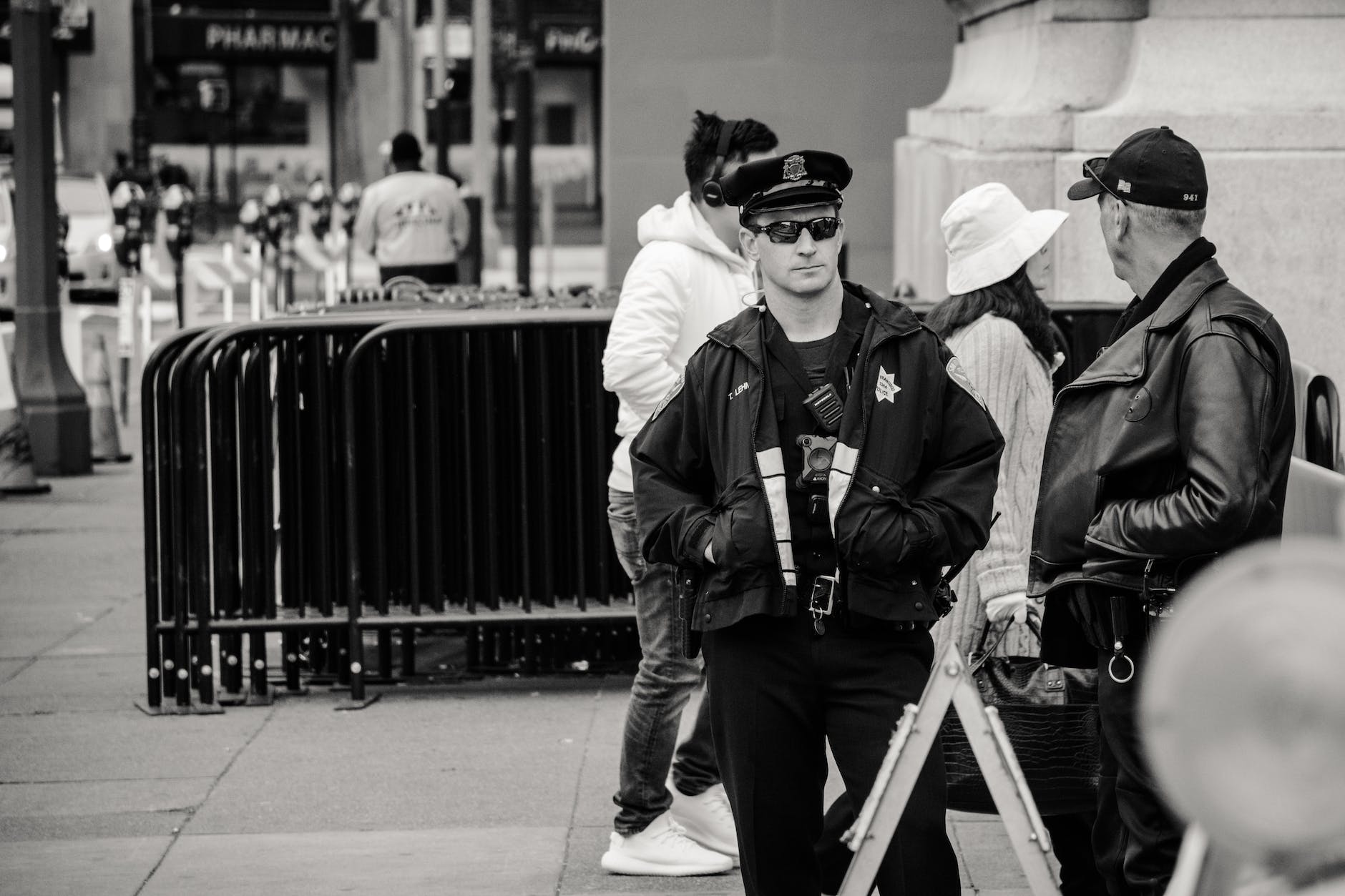
- physical security
Layered physical security is a comprehensive system of defense. A layered method of security is considered the most effective as it implies an in-depth structure that covers different exposition levels. Today matter of the subject of the security guard patrol agency will be discussing layered physical security and its advantages as a system for ensuring safety and protection for our clients.
The “plastic” way to explain the way layered physical protection functions is to compare it with a medieval castle defense system to protect internal assets.
Medieval castles were usually placed at the top of a steep hill, surrounded by a wide moat if possibly filled with water, a heavy main gate, a door easily sealed in case of attract, and battlements at the roof of the castle. This way, medieval castles provide multilayered protection that covers all cover all the levels of the castle and makes the castle accessible from only one entrance. As you can see, the medieval defense system relies on multiple coats of protection and different approaches and all in one service – not to leave any part unprotected and left with an open risk that the enemy can take in opportunity.
These principles and techniques apply in today’s layered physical security system. As obtaining security has become more challenging and imperative for every business, the most effective way is to imply the most complete one.
A layered security system can consider cyber protection from data and network attacks, but also physical protection of property, people, and assets.
When it comes to layered physical security, it considers different tools, personnel, and technology. Combining various methods, utensils, and resources establish a comprehensive security system for the protection of employees, clients, data, and intellectual and material properties. This approach covers deterrence, detection, response, and mitigation of possible attacks.
Access control
Securing a property, office, and personnel begins with access control. Securing doors and access points is a primary way to prevent old-fashion way brakes in a building. Having biometric technology for controlling unauthorized access is considered basic in an access control system. To enhance access control systems, the newest technology implements AI in video surveillance and monitoring. AI exceeds the current capabilities of surveillance systems and offers an analytics video that transforms previous real-time monitoring into monitoring enriched with intellectual alerting.
Access control often considers a security guard at the gates and main doors. Security guards protect against unauthorized access by checking employees’ and visitors’ IDs.
The combination of human guards with technology significantly reduces the risk of unwanted entry and vulnerabilities that access control encompasses.
The security guards at entrances can examine visitors to detect a weapon or any other tool that can be used as a weapon.
Interiors
AI technology is effective in monitoring and securing zones that require authorizations to access and entrances in zones that have restricted time zones.
Liveness detection technology can detect faces in a crowd which is advantageous when more than one person attempts to enter a building or office at the same time. Additionally, capturing a person’s face helps in the prevention of access to unauthorized persons that want to take an advantage of a crowd, while it can grant privileged access to certain floors and offices to those with authorization. The advantage of new technology is that it`s able to recognize faces even with a mask or poor lighting, these are situations in which traditional monitoring systems cannot detect faces due to insufficient visibility.
Implementing both AI and identification ID creates a dual authentification especially convenient for sensitive areas.
AI triggers alarms in real-time in cases of unauthorized access, violence, or suspicious activities.
Having video footage provides valuable evidence of occurring incidents that can be crucial in law cases and trials.
Monitoring properties area
Layered physical security in a property area considers different approaches to secure remote facilities, parking lots, and other points outside a building. To achieve multilayer security businesses implement adequate lighting, motion sensors, video surveillance, and security patrol guards. This particularly implies parking lots and garages where the people traffic is frequent. Securing employees and clients on their way to their cars and vehicles from a break-in is an important part of security. Additionally, parking lots and garages are convenient places for suspicious activities and attempts to enter the building through side entrances.
Summary
The crucial for implementing layered physical security is understanding the business security risks and weak points. Layered physical security should have a customized approach and be tailored to meet specific security needs for different requirements and risks. As not every business building has the same structure and not every business carries the same security risks, layered physical security is a great way to evaluate sensitive areas and create the most effective scheme that will cover all vulnerabilities. Layered physical security ensures that a potential lawbreakers will have to pass through many security layers and obstacles to achieve their objectives.





